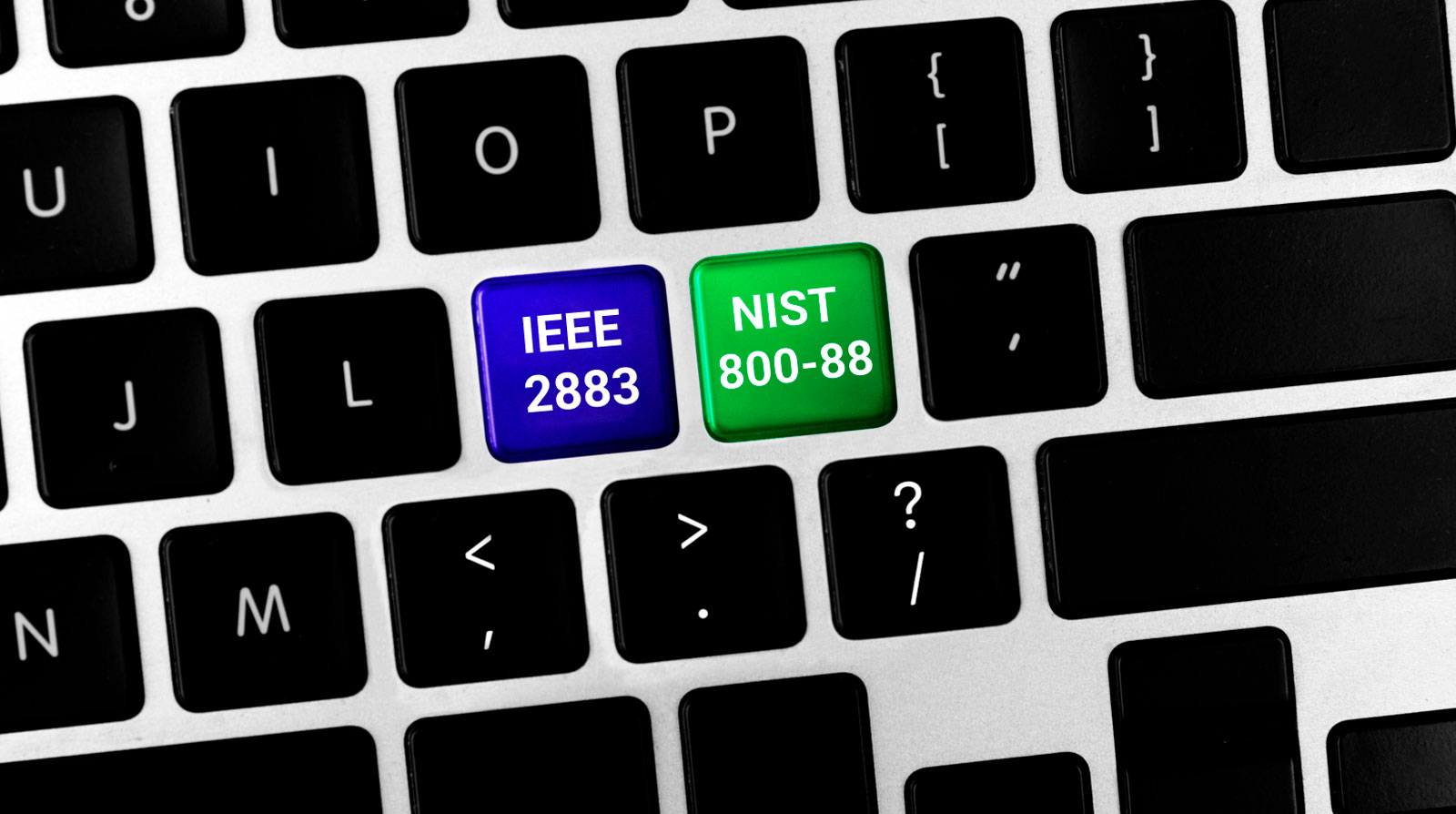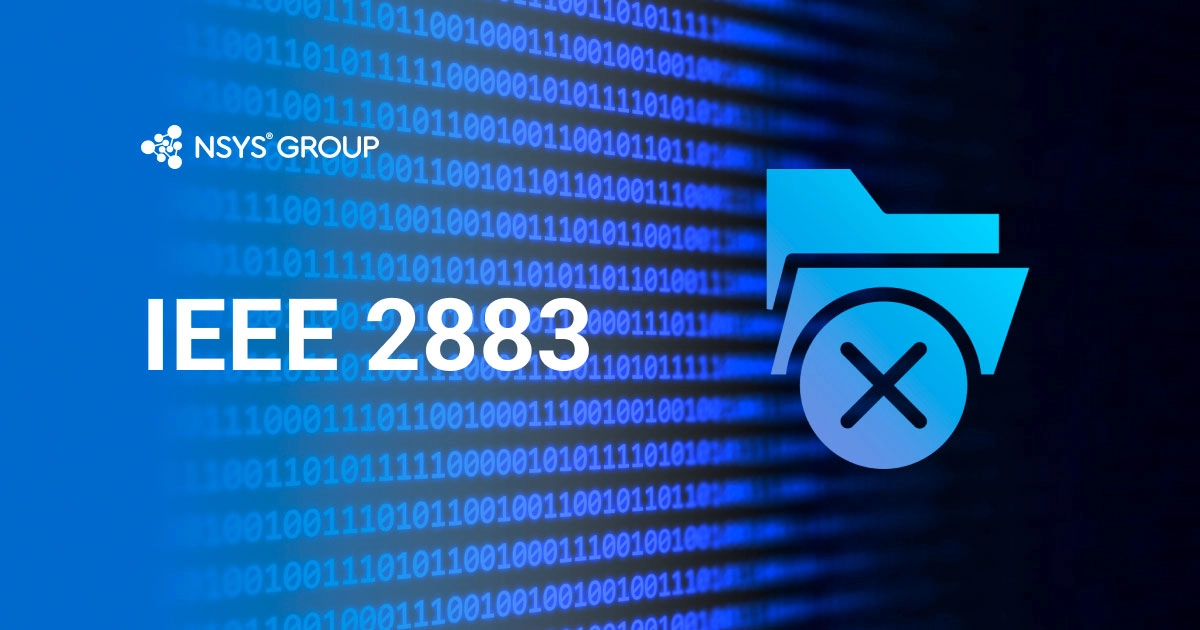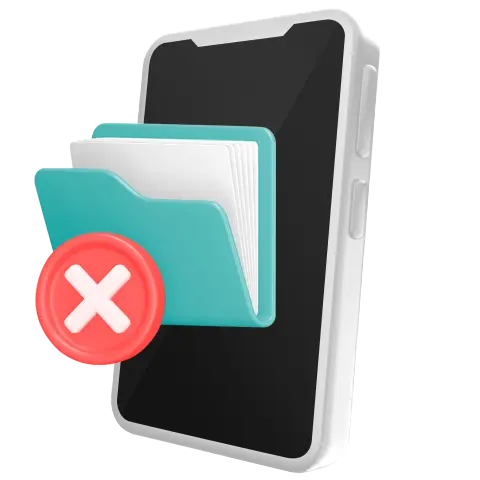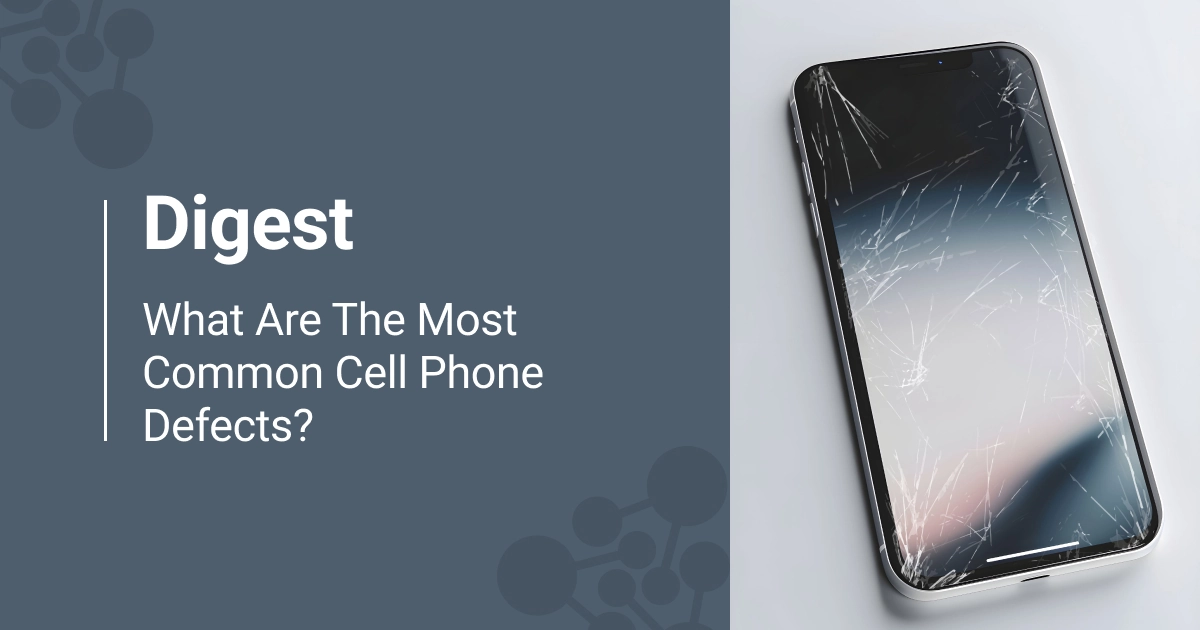With the growing awareness of the importance of data security, more safety requirements and regulations are created by cybersecurity organizations. Today, we will explore the IEEE 2883-2022 standard that provides guidelines for data sanitization of logical and physical storage devices. Apart from diving into the process of data destruction, we will compare the IEEE 2883 with another sanitization standard, NIST 800-88.
What Is the IEEE 2883-2022 Standard?
The IEEE 2883 standard for sanitizing storage was published by the Institute of Electrical and Electronics Engineers (IEEE). This American association creates up to 30% of all literature on electronics and computer engineering worldwide and consists of 39 technical societies, each focused on a specific knowledge area.
The IEEE 2883 standard was created by the IEEE Computer Society in 2022 as a logical continuation of the NIST 800-88 guidelines. The main reason for creating a new standard for sanitizing storage media was to provide secure data erasure for a broader range of storage devices.
How Does the IEEE Standard Work?
The IEEE 2883 standard has three categories for various storage media:
- Clear: This method of media sanitization employs logical techniques to prevent simple, non-invasive data recovery attempts using software. This approach meticulously erases all data stored in user-addressable storage locations while retaining the device's usability. However, it does not address hidden or non-addressable areas within the storage media. This method offers a moderate level of data protection, ensuring that sensitive information is not easily accessible but still allows the device to be repurposed or reused.
- Purge: The method goes a step further by employing both logical and physical techniques to erase all stored data completely. Unlike the Clear method, Purge ensures that even specialists equipped with state-of-the-art laboratory techniques for data recovery would find it infeasible to retrieve any information. This comprehensive approach renders the storage media devoid of any recoverable data, thereby guaranteeing data security. Although the data becomes inaccessible, the storage media and the device itself remain intact and can be safely reused for other purposes.
- Destruct: In contrast to the Clear and Purge methods, Destruct employs irreversible physical techniques to render the storage device completely unusable. This may involve methods such as disintegration or incineration, which leave the device in a state where any attempt at data recovery is futile. Destruct ensures that not only is the data inaccessible, but also that the physical integrity of the storage media is compromised beyond repair. While this method offers the highest level of data security, it also entails the permanent physical destruction of the storage device, making it unsuitable for reuse.

Is IEEE 2883 Similar to NIST 800-88?
Although these Clear, Purge, and Destruct categories are similar to NIST 800-88, one of the most popular data sanitization methods, the two guidelines are not identical.
What Do IEEE 2883 and NIST 800-88 Have in Common?
These two approaches have many things in common, as IEEE 2883 is based on NIST 800-88 and largely inherits its principles for media sanitization. Here are several similarities between these methods:
- Both standards emphasize the use of logical and physical techniques to render data unrecoverable.
- They prioritize the protection of sensitive information while considering the usability and reusability of storage media.
- Both standards are recognized as authoritative sources in the field of data sanitization and are widely adopted by organizations to ensure compliance and security measures.
What Is the Difference between IEEE 2883 and NIST 800-88?
Apart from the similarities, these data sanitization methods have several differences. For example, IEEE 2883-2022 provides guidance for securely sanitizing SATA, SCSI, and NVMe drives, which have gained popularity as technology advances. These types of drives might not receive adequate coverage in the NIST 800-88 standard, leaving organizations in search of other reliable methods to erase data from them.
Consequently, IEEE 2883-2022 plays a crucial role in offering detailed instructions tailored to the features and demands of these contemporary storage technologies. This ensures compliance and data security amid changing storage landscapes, where NIST 800-88 may not offer the necessary specificity or breadth of coverage for these modern advancements.
Although NIST 800-88 maintains its status as the most widely used standard for securely erasing data, technology has continued to progress since its release nearly a decade ago, presenting new opportunities for IEEE 2883-2022.
The Importance of Secure Data Erasure
Ensuring secure data erasure is paramount in today's digital landscape. Organizations must prioritize sanitizing logical storage on various digital storage devices to safeguard sensitive information from unauthorized access. Secure data removal not only protects confidential data but also mitigates the risk of data breaches and potential legal implications.
By adhering to standards such as IEEE 2883-2022 and NIST 800-88, businesses can confidently erase data from storage media, maintaining compliance with regulations and enhancing overall data security measures. Effective data erasure practices preserve privacy and instill trust among stakeholders, reinforcing the integrity of organizational data management practices.

What Software Solution for Data Sanitization to Choose
To ensure recorded data cannot be recovered from the storage media, use secure sanitization software. Try NSYS Data Erasure, certified by ADISA, compliant with EU data protection and privacy regulation, and with the NIST SP 800-88 guidelines.
The solution provides a data destruction certificate for each device to confirm that the data has been erased correctly, in accordance with international standards. It guarantees data sanitation and protects against any risks associated with data breaches or unauthorized access.
To try NSYS Data Erasure, arrange a demo!








